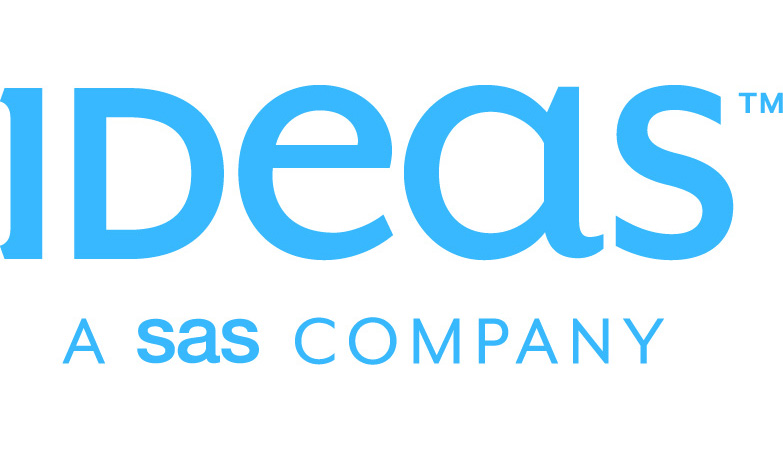
By Klaus Kohlmayr
It’s a daily occurrence to see mentions of Artificial Intelligence (AI) throughout multiple industries, including the hotel space. And why not? AI systems can effortlessly perform tasks associated with the cognitive functions of humans, and rather than reducing jobs, AI applications seek to enhance employment opportunities.
The hotel industry is one of the most promising business sectors that can leverage the power of AI. This is due to the ongoing processing of vast amounts of data to better understand the underlying demand patterns or elevate pricing strategies. AI is also a growing opportunity to improve business practices and enhance myriad touch points throughout the guest journey.
While there have been any number of articles on this topic, it is essential to step back and take a look at how the term AI is being used today, why it has become such a buzzword, and remove the mystery about a technology that has been a part of our daily lives since the evolution of the internet and the smartphone. More importantly, we will address how systems such as IDeaS’ G3 Revenue Management System (RMS) leverage AI.
Is AI New?
The simple answer is no. Many applications we use daily take advantage of AI capabilities, and many have existed for decades. Some examples include:
- Internet Search Engines (e.g., Google Search): Even before recent enhancements in natural language processing, Google Search used AI techniques for aspects of its search solution.
- Navigation (e.g., Apple Maps, Google Maps): These navigation applications also use AI techniques to determine preferred navigation routes.
- Image Detection (e.g., Apple Photos, Google Photos): These applications use AI technologies to support their photo and video search functions.
- Smart Assistants: AI-powered personal assistants (e.g., Siri and Alexa) for natural language processing.
What is new is Generative AI (GenAI) and the applications that have been developed to bring this technology forward to a public-facing forum. GenAI has received a great deal of attention in the past year. Several companies are using these advances to create specific AI applications (e.g., natural language processing, image processing) to convert prompts into textual or image responses. In each case, the application has been “tuned” to meet a specific goal for the application. Some examples include:
- Text Applications (these take text-based prompts and respond with generated text responses):
- ChatGPT): An AI-based bot that has been fine-tuned for conversational applications.
- Gemini: A conversational bot developed by Google.
- Claude and many others
- Art and Image Applications (these take text prompts and respond with generated art or image responses):
- Bing Image Creator
- Dall-E
- Midjourney
How AI is Used in Revenue Management
Since G3 RMS does not produce natural language, images, or video as output (all of which are closely tied to generative AI, resulting from recent advances in natural language and image processing), it would be easy to assume that an RMS doesn’t fall within the parameters of AI.
However, as an integrated system using various analytics techniques to perform tasks that otherwise require human thinking and produce highly complex decisions, an advanced RMS absolutely fits the definition of an AI application.
Specifically at IDeaS and its flagship product G3 RMS, its core analytics have used a wide variety of analytic tools associated with AI, including stochastic optimization, constrained mathematical programming, gradient-based search algorithms, neural networks, machine learning, and more.
IDeaS has been using the power of revenue science for over 3 decades. It is the discipline of infusing sophisticated mathematics with industry expertise to transform data into accurate, automated, and actionable revenue-enhancing decisions. It also combines advanced analytics, Artificial Intelligence, and Machine Learning or “revenue science.”
The Revenue Science Behind G3 RMS
Since its inception, G3 RMS has revolutionized conventional revenue optimization, pushing beyond the limitations of simplistic algorithms. While other systems offer data-driven, dynamic pricing, G3 RMS distinguishes itself by delving deeper, incorporating a holistic suite of controls essential for optimizing diverse business models.
The proven success of G3 RMS hinges on its ability to adapt to real-world business complexities without requiring manual intervention. The development teams at IDeaS created a system that could not only withstand the intricacies of the hospitality business but also deliver statistically proven results. Their mission was clear: to achieve complete automation, eliminate user error, and create a framework where the RMS could dynamically respond to changing conditions.
Calibrating the system to the unique nuances of the hospitality sector, G3 RMS incorporates comprehensive datasets, considering factors like special events, competitor pricing, days to arrival, and more. Unlike many solutions with simplified forecasting approaches, IDeaS leverages more than 100 models tailored to different hotel business models, ensuring a nuanced understanding of various scenarios.
A fundamental departure from conventional methods is IDeaS’ rejection of the sequential approach to optimization. Rather than optimizing room and rate availability first and then setting prices, G3 RMS directly integrates all key data sources into optimization. The system optimizes all room types without relying on rules, favoring an accurate dynamic programming-based optimization that considers demand forecast changes.
Another example is market segmentation. Traditional hotel revenue management systems are based on a pre-set market segmentation model for future demand forecasting and management. With AI at work, G3 RMS automatically assigns attributes to more detailed rate code levels to generate its own forecast group based on attributes and historical booking patterns.
In practice, two market segments may be grouped together with the same attributes. Meanwhile, G3 RMS may place them in two different forecast groups after analyzing their booking patterns and finding they differ greatly regarding the timing of when the business books. The advantage of doing so is to divide the forecast group as much as possible according to the actual business attribute and behavior pattern rather than only relying on the existing market segmentation system, which may be wrong, resulting in an inaccurate forecast.
Implementing G3 RMS in tens of thousands of properties facilitates continuous improvement. Human involvement is minimized, with the system autonomously selecting models and parameters based on continuous learning.
The AI in G3 RMS ensures it adapts and adjusts models to produce optimal results, with advanced analytics providing data-backed decision-making at every level. This level of autonomy extends to optimizing pricing for all key products and each length of stay and creating dynamic-rate restrictions that surpass simple business rules.
What’s next for G3 RMS and AI?
By leveraging advanced analytics through AI and Machine Learning, forward-thinking technology platforms consolidate data and produce more accurate data analysis. This leads to rational decision-making, increased efficiency, and more time to drive strategy and growth.
In this innovation landscape, G3 RMS stands as a testament to revenue technology’s possibilities. Its multidimensional approach, incorporating advanced analytics, AI, machine learning, and continuous improvement, sets the stage for a transformative era in the hospitality industry.
It’s an exciting time to be at the forefront of revenue science, providing our users with more confidence in the system’s decisions and more time back in their day while driving a better customer experience in their hotels.
For more insight from our parent company SAS, read “Generative AI: Benefits, risks and a framework for responsible innovation.”



